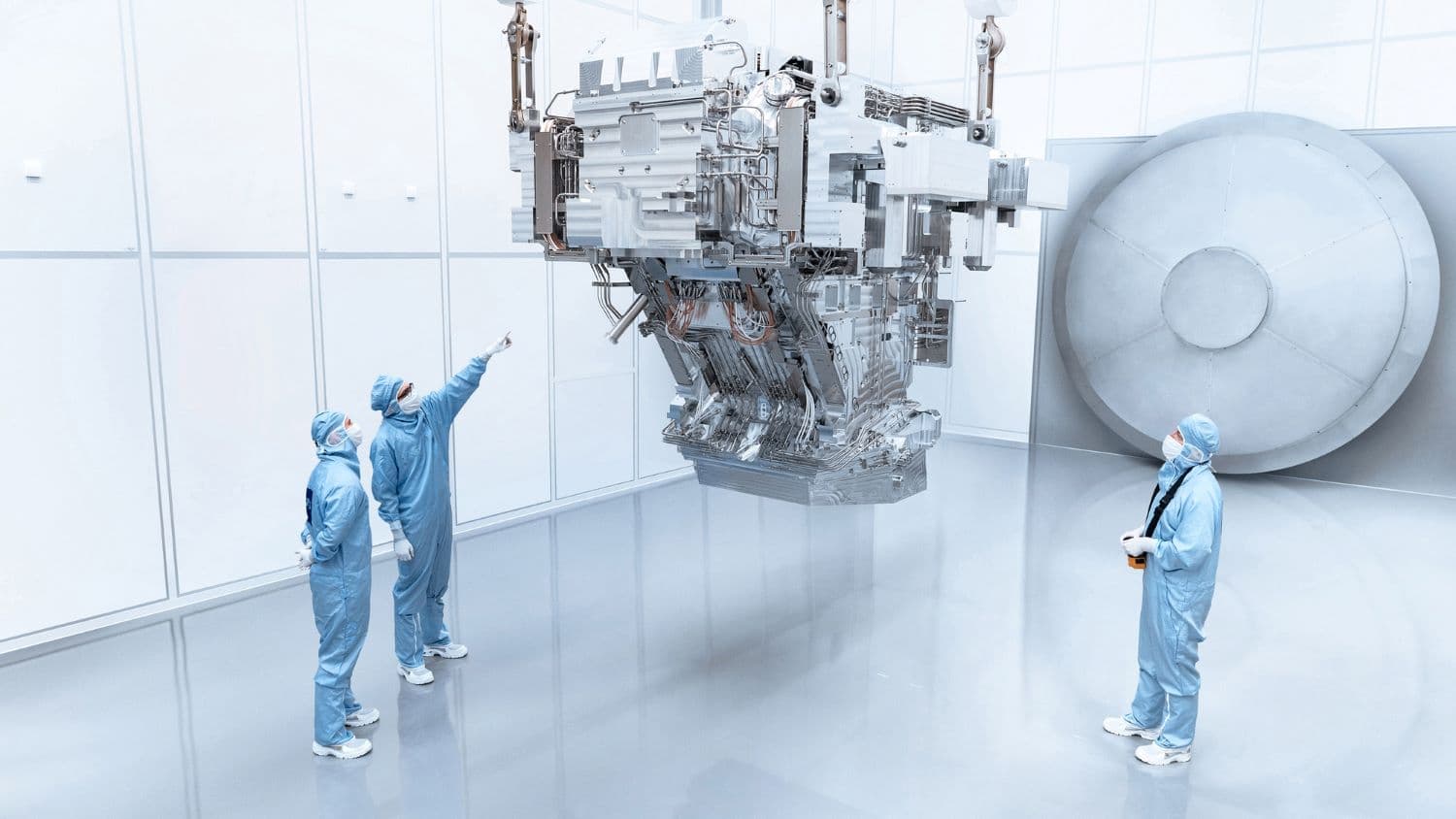According to some reports, online video will be responsible for 80% of global Internet traffic by 2019; an increase that is not only driven by the popularity of video streaming services, but also by the sheer number of people that make use of those services.
“Through V-FORCE we wanted to investigate how we can prevent networks from collapsing under the heavy strain of 4K video,” says professor Filip De Turck (iMinds - Ghent University), the project’s research lead. “It was our objective to develop approaches that can help us deliver 4K video as efficiently as possible while safeguarding users’ QoE.”
“In a second track, we studied how parallel (4K) video streams can be displayed and (re)arranged on a single big screen – easily, automatically, with high quality and in real time. And finally, we also wanted to assess people’s 4K video quality perception (versus HD video) as to find out in which circumstances the transmission of 4K video is warranted and when it is not,” he adds.
Project outcomes
- A novel, standards-compliant coding scheme that compresses and stores video more efficiently – reducing storage requirements up to 40%
- The first research effort ever to quantify the gains of a ‘push-based video approach’ – reducing startup and live delay with more than 30%
- Displaying and (re)arranging 4K content on a big screen – easily, automatically, with high quality, and in real time
- V-FORCE user study indicates that differences in perception between 4K and HD content largely depend on content
V-FORCE Leaflet













